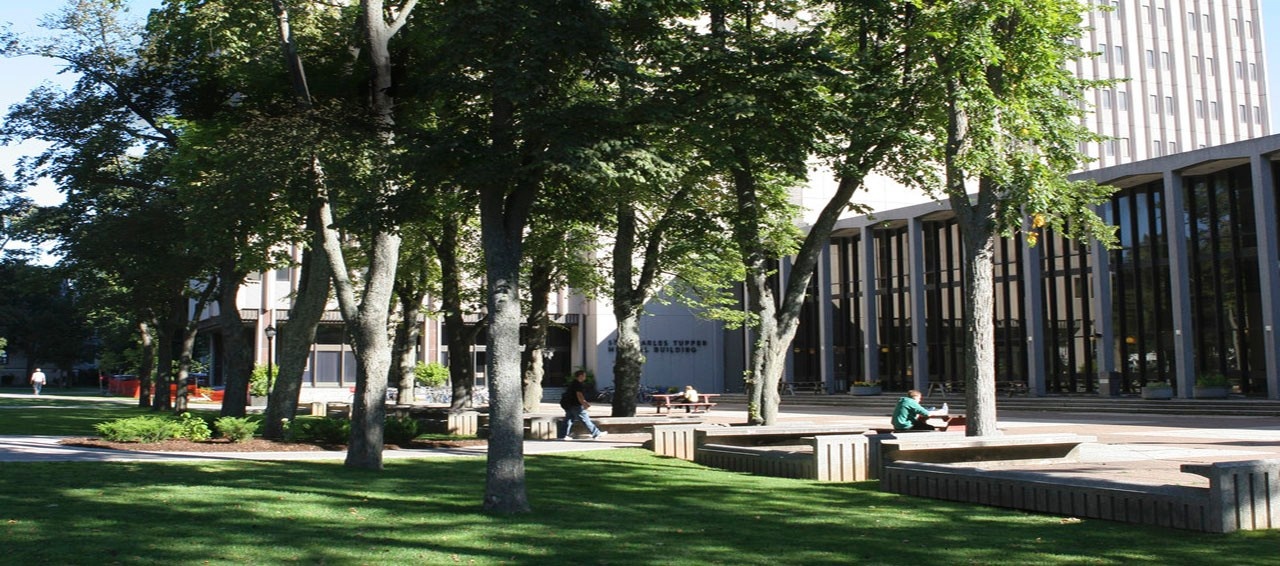News
» Go to news mainDalhousie professor's 'Halifax Protocol' making worldwide impact

Story was first published October 20, 2017 in the QEII Times.
Minutes and seconds equal precious moments in organ transplantation, so when Dr. Robert Liwski and his team found a way to trim the time it takes to confirm an organ match by 70 per cent, the world listened.
Dubbed the Halifax Protocol, Dr. Liwski, pathologist and director of the Human Leukocyte Antigen (HLA) lab at the QEII Health Sciences Centre was motivated to innovate when he realized the original crossmatch protocol had last been updated in 1989.
“The original protocol was reasonably good, but it was time-consuming and cumbersome and you couldn’t perform many crossmatches at the same time,” Dr. Liwski says.
When an organ is donated, the QEII’s HLA lab is tasked with crossmatching the recipient’s serum with the organ donor’s cells to ensure compatibility.
The QEII is the only transplant centre east of Quebec. Dr. Liwski directs the Halifax HLA lab, interprets the results and gives the go-ahead to the QEII transplant team waiting to prep the patient(s) and perform the transplant.
HLAs are the molecules expressed on the cell surface, which are used by the immune system as triggers to start fighting against pathogens, or new organs invading the body. Everyone’s HLA molecules are unique and the molecules vary across ethnic groups. HLA technologists isolate the cells from the donor and mix them with sera from the recipients to check for antibodies against donor HLA antigens. The goal is to find a donor who doesn’t have any HLA antigens the recipient reacts to.
The original tube method crossmatch protocol could take up to seven hours, was susceptible to human error and was limited in the number of tests that could be done at one time. Dr. Liwski was determined to do better.
“The first thing we did was switch from the tube method to the plate method, which means you can really efficiently match many patients against the same donor,” Dr. Liwski says. “Then, we started looking at speeding it all up.”
Under a closer lens, Dr. Liwski’s team discovered that long-held standards like the incubation time for a serum and reagents used in the procedure, were unnecessarily long and complicated. Shortening these incubation times further increased efficiencies in the HLA lab.
“We found on average, we saved a lot of time and because the new protocol is less costly, we also saved a lot of money,” Dr. Liwski says, adding that a reduction of variables from lab to lab led to more consistent results.
As a result, the Halifax Protocol has been adopted by all centres in Canada, more than 30 in the United States, as well as around the world in areas such as Australia, the United Kingdom, France, Brazil, Germany, Poland, and the United Arab Emirates.
Read more at the QEII Times.
Recent News
- Dalhousie’s first physician assistant cohort steps into Nova Scotia’s healthcare system
- Dalhousie med students explore pediatric care in Austria
- Dalhousie researchers shine at Discovery Awards with four top honours
- New $2M national study to uncover how biology, social factors shape MS outcomes
- Pathology EDIA Committee makes strides during 2024‑2025 year
- CCfV’s impact on vaccine innovation
- Unlocking the secrets of memory—with fruit flies
- Celebrating mobility research and the power of philanthropy
